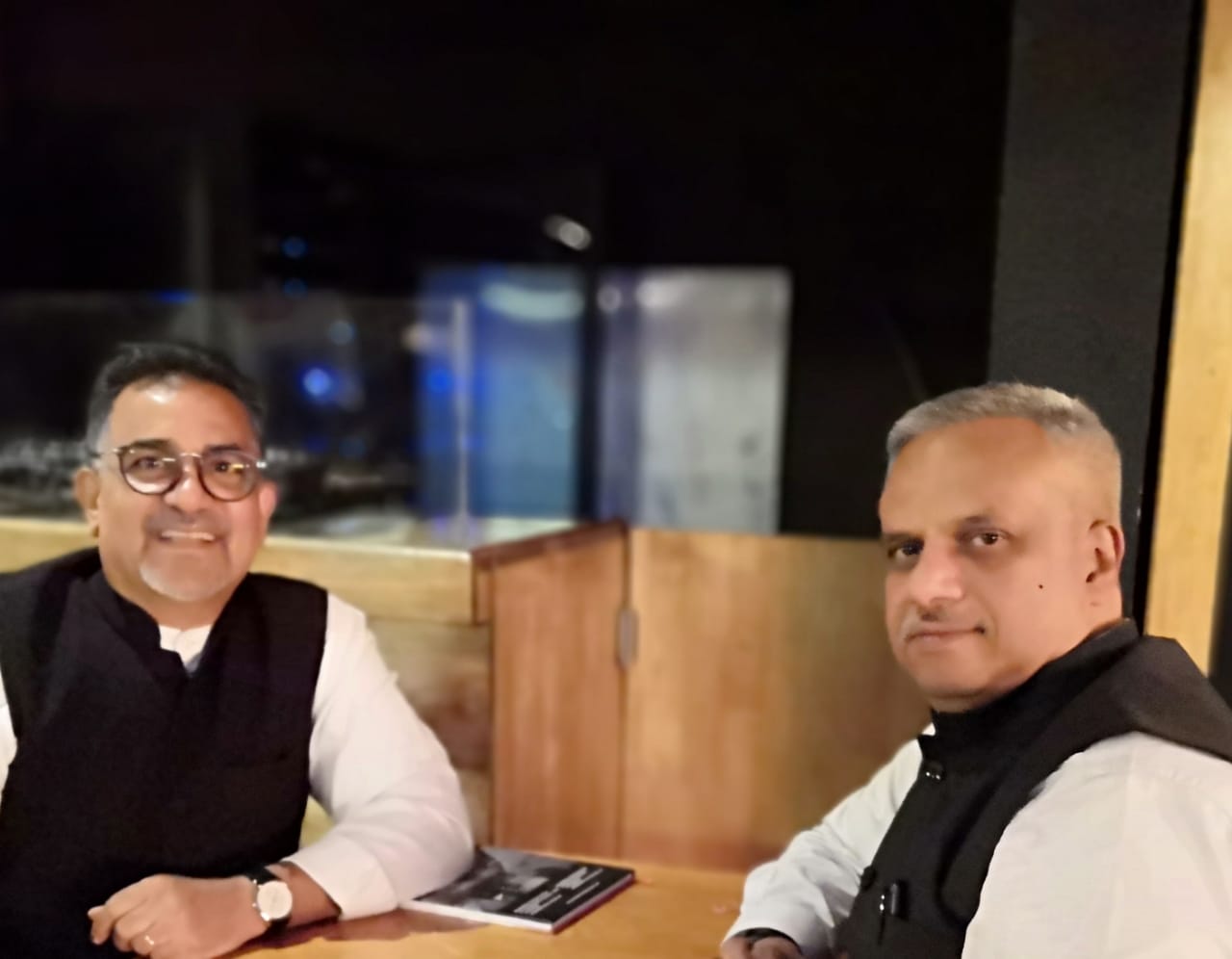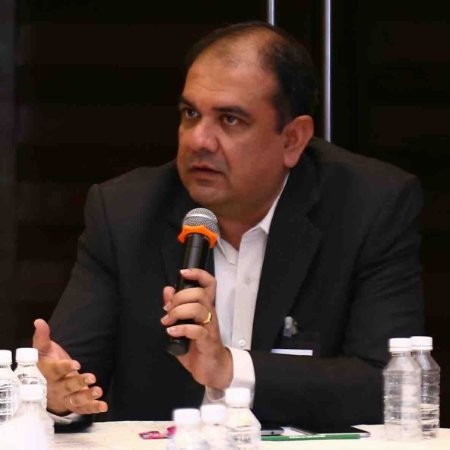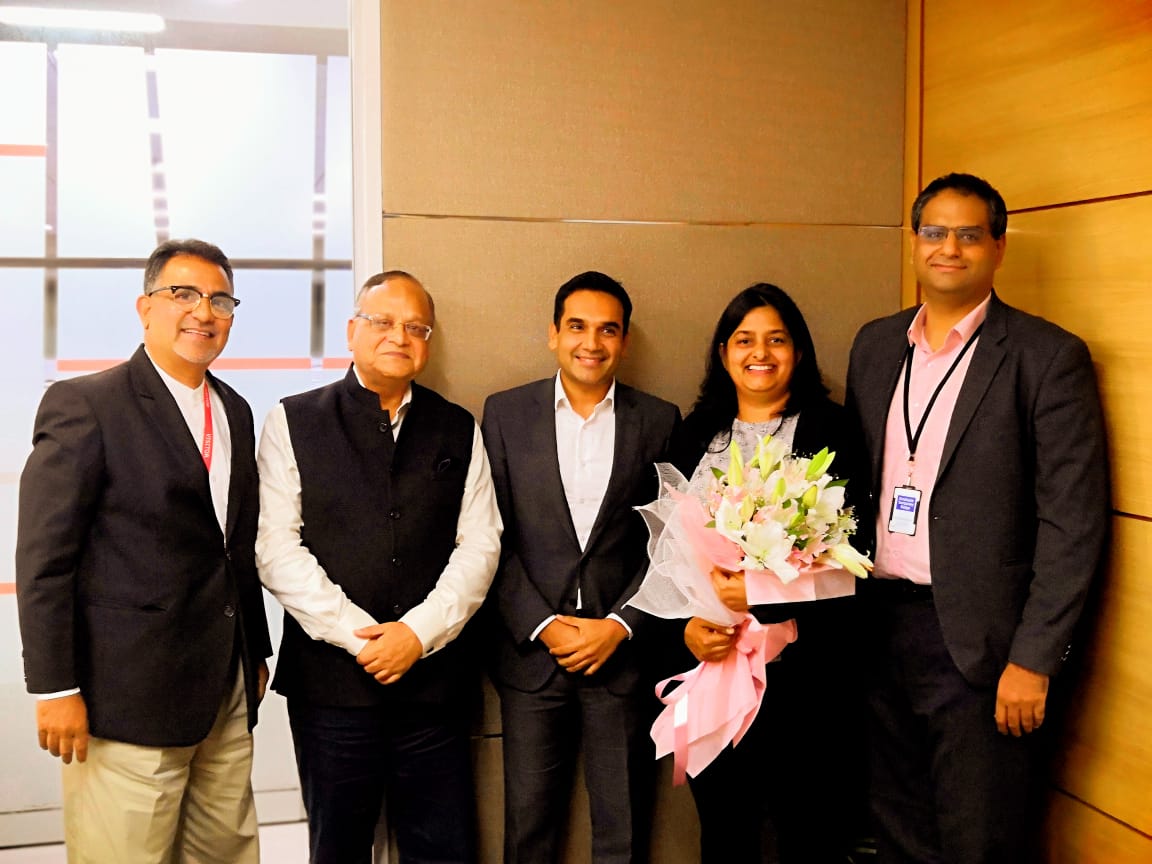
Q 1. Tell us about your journey as a pharma entrepreneur and what made you venture into pharma and stay on in pharma?
My journey started with two good decisions, one- to be a Medical Representative (MR) in Mumbai, which built a strong foundation and the other, to join Helios, a new pharma company, which was like a baptism of fire. Together, they molded me well.
I was promoted as a Front Line Manager (FLM) within a year. And after spending four excellent years in Helios, I joined Group Pharma as Product Manager (PM) and ever since, it’s been an exciting learning experience.
I was exposed to Pharma very early in life as my dad was in J L Morison, as part of the promoter-team of Warren Pharma. At home, I was the designated telephone operator and order processing clerk. Those were the days of trunk-calls – calling managers and distributors to note down orders. Hence, I was exposed to the excitement of targets, achievements, deficits and campaigns very early in my life. The idea of ‘work-life balance’ was not in vogue. One would look to their parents who worked long hours with pride making it something you wanted to emulate. Things have changed a lot but I would not trade the decision I made, to get into and stay in Pharma.
Q 2. How can the government help pharma entrepreneurs adopt a patient-centric approach, especially in terms of accessibility and affordability of quality drugs? What changes are needed in terms of policy, especially in terms of quality and pricing?
For me, patient-centricity starts with a rational prescription. This has got to be a collaborative effort with the doctors, pharma industry, diagnostics, medical devices and of course, the government. A simple example being the advice to take rest till a viral fever subsides unless the symptoms go beyond a certain threshold. However, today the patient expects a blood test, followed by a long course of antibiotics, multivitamins, antacids, etc. and this is offered very easily.
Today, the industry has become the villain in healthcare, whether it is to “motivate” doctors or when it comes to profit margins or drug quality. On the industry – doctor nexus, I think it reflects our society, where topline and bottomline matter more than anything else. Your market cap is a measure of your success. This is something that I think can be changed quickly, if there is will and drive at the top. We will of course, need a robust regulatory framework to avoid being subjective, as to what is a genuine product promotion and what can be considered as an allurement to prescribe. I have had to convince the tax authorities that a table calendar is not a bribe. The same way, someone might consider a stall at a conference as not necessary. Where would a CME fall into? Will we be able to differentiate one at a luxury resort from one at a college hall? There is a very thin line and a tough line to negotiate and hence, a clear-cut regulatory framework is needed. No doubt we will need to have extended consultation with stakeholders, as otherwise, we can go overboard with regulations.
On the quality front, I think we are moving in the right direction, with a series of regulatory measures and the realization that the consumer today, is much more demanding when it comes to drug quality.
On what the Government can do, I think they have a very tough job on their hands. In India, we have the multinationals who rightfully want to closely protect their IP and get adequate returns. The large medium companies who are used to double-digit growth and have to sustain this in an era of increased regulatory constraints. The there is a large number of SMEs who started in the 80s and now need to navigate through the challenges of need for greater competency due to stringent regulations, increased expectations from employees and the need for enough resources for future growth.
Then, we have thousands of very small local companies who operate within a limited geographic area. We also have NGOs who are very strong advocates for patient welfare. The Government has a huge challenge to balance all these interests while keeping patient safety, affordability and full access as their core purpose. When I look at it empathetically, I say it is a very tough job and to a great extent, they do what best they can to keep industry growth in mind, while ensuring access and affordability for patients. This is by far not an easy task.
With the huge population that we have and the 180-degree spectrum of diseases and income patterns, India has to be 100% self-sufficient where medicines are concerned and this should also be our core purpose. It is too big a strategic risk to depend on imports or global innovations to meet our healthcare needs.
I hope the Government will focus on APIs, skill development and R&D. We have to make a huge investment in all these critical areas. We are late but can catch up with the right intent.
Q 3. Patient-centricity has become a catchword in healthcare, how can pharma entrepreneurs change the way in which people, society and media engage with medicines/drugs positively?
Yes, patient centricity has become quite a big word today and there is a lot we try to do to be seen as patient-centric – change packaging, make new apps to connect and a lot more, but for me, patient centricity starts with a rational prescription.
However much, we may decorate our product and promotion, we first need to ask ourselves the question. Is it necessary?
To really change the perception about pharma, companies need to invest in promoting healthy living, better lifestyle habits and reduction in the use of medicines unless absolutely necessary. This may sound contrary to the industry that grows on opposite thinking, but I think in the long term it will be a win-win for all. Most pharma and healthcare companies have their vision to improve the quality of life and what better way than to promote healthier living?
Indian pharma and healthcare industry has taken rapid strides, which are often forgotten. Life expectancy in India has gone up from 41 in 1960 to 64 as a result of a big contribution made by the pharma industry. Today, we don’t hear of widespread deaths due to malaria, cholera, TB or even AIDS, this would not have been possible without quality and affordable drugs manufactured by Indian companies. Let’s not forget the contribution of the industry to any health program of the government, be it polio, anemia, malaria or TB. If we have not heard of disease outbreaks after any calamity it is because the outstanding work done by them. Doctors are supported by timely supply of medicines from IV fluids, pain killers, ORS and even plasma replacements.
There is one critical contribution that is often overlooked, accessibility. Today due to the lacs of MRs and the number of companies who have gone to the most remote interiors, doctors now have access to the same medicines that a patient in AIIMS would get. New products are launched countrywide, simultaneously and thanks to the visit of MRs within a few weeks, close to a million doctors know about a new product.
Unfortunately, all this good work is eclipsed by some grey areas which we ourselves are to blame for.
Let’s look at the perception about pricing. There is always scope to be more rational and here I would like to quote Bhupendra Singh, the former head of NPPA, who said there should be a clear difference between profit and profiteering. But the impression is that all companies work on 1000% mark-ups.
This impression is supported by data taken from the tender rate. However, comparing tender rates with retail sales is like comparing water supplied at 4 paisa per liter by the municipality to 50 paisa a liter, when I buy a tanker and 45 rupees for a jar of 25 liters or 40 rupees for a bottle. Each is priced differently. We often do not consider the investment that goes into creating and protecting the brands and I am not talking about sales promotion but the quality and image that we associate with it.
Today on the MRP of medicines, 12% is tax, 34% is trade margin. The average per capita revenue of MRs in the industry is approximately 1.5 lacs. Consider the salary and travel expense of MRs at approx. 20% which is low (his managerial support, training, promotional expenses, etc.) and at an overall, most pharma companies will be left with net profits of much below 8% and hence you find companies having less resources to invest in modern manufacturing, training, improving working conditions, and most importantly, in R&D. Out of 10,000 companies in the market, I don’t think even 50 of them make more than 1% investment in R&D.
Q 4. What are some of the major challenges and hurdles you face as a pharma entrepreneur?
The biggest challenge I face today is uncertainty. Yes, we all train and prepare for a VUCA environment but when regulations change as fast as they do today, planning for even six months ahead, is a challenge. We hope things will plateau out in some time. Sometimes it feels like tango dancing.
Another challenge stems from the fact that neither pharmacist nor a medical representative is an aspirational career today. As a result, the motivation levels are low, requiring much more investment and effort to train and retain Medical Reps. To add to it, salaries at the entry level are way below what they expect and there are no easy solutions. It would be easy to say, let’s increase the salaries but then with the number of MRs and the low per capita, it is unsustainable and for pharmacists it is about their level of competence for companies to invest in them.
I have been advocating the need for finishing schools for both Medical Reps well as pharmacy graduates which would not only align them to industry needs but also help them start with better salaries and make these more attractive professionals.
We have a duty to our young generation to give them a better future.
Q 5. What are some of the big questions that keep a pharma entrepreneur awake at night?
All pharma entrepreneurs whom I know are always awake at night with most factories running 2 or 3 shifts and with the number of processes in sales and production we deal with, there is always something happening.
More seriously, I think it is uncertainty. There are just too many variables and too many changes, we do our best to keep abreast. In our industry, almost every lapse or error of omission is a criminal offense. Even a small labelling mistake can land you in jail.
The biggest loser is the fact that we often wonder how much time we invest in complying with the 100s of statutes and forget why we got into the pharma business.
I have to read my purpose every day to stay focused. At the end of the day, when I get a call from a doctor or a prescription from a Medical Rep or a patient commenting that my product helped them, it is worth all the effort and when you realize that being an entrepreneur means that there are thousands of families that are connected with the company, it is worth it.





